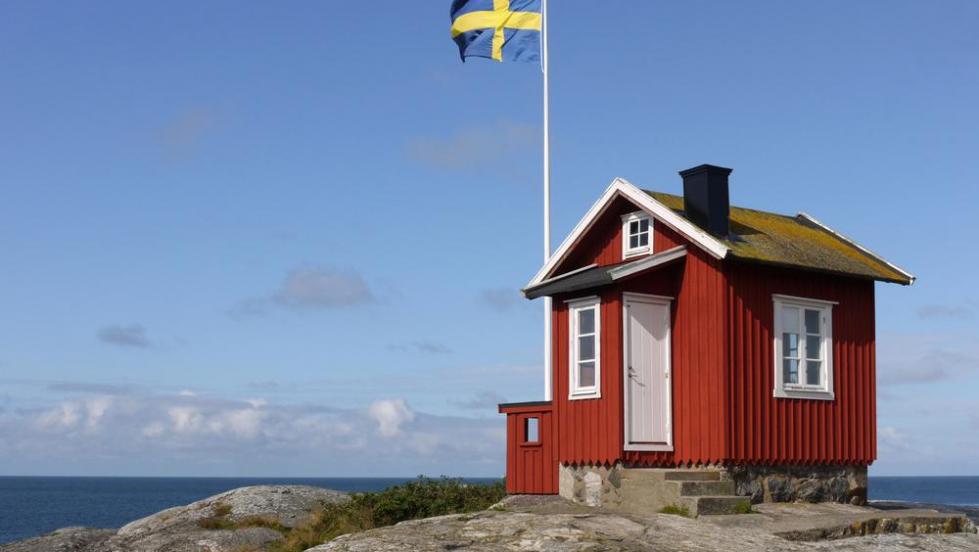About Sweden
Sweden is a Scandinavian nation with thousands of coastal islands and inland lakes, along with vast boreal forests and glaciated mountains. Its principal cities, eastern capital Stockholm and southwestern Gothenburg and Malmö, are all coastal. Stockholm is built on 14 islands. It has more than 50 bridges, as well as the medieval old town, Gamla Stan, royal palaces and museums such as open-air Skansen. Germanic peoples have inhabited Sweden since prehistoric times, emerging into history as the Geats/Götar and Swedes/Svear and constituting the sea peoples known as the Norsemen. It is not known when and how the kingdom of Sweden was born, but the list of Swedish monarchs is drawn from the first kings known to have ruled both Svealand (Sweden) and Götaland (Gothia) as one province, beginning with Eric the Victorious. During the 17th century Sweden emerged as a European great power. In recent decades Sweden has become a more culturally diverse nation due to significant immigration; in 2013 it was estimated that 15 per cent of the population was foreign-born, and an additional 5 per cent of the population were born to two immigrant parents. Situated in Northern Europe, Sweden lies west of the Baltic Sea and Gulf of Bothnia, providing a long coastline, and forms the eastern part of the Scandinavian Peninsula. Most of Sweden has a temperate climate, despite its northern latitude, with largely four distinct seasons and mild temperatures throughout the year. Sweden is mostly visited by tourists from neighbouring countries such as Denmark, Norway and Finland; Sweden's tourist sites include the Vasa Museum, the Millesgarden, and the World Heritage Site Drottningholm Palace Theatre; other tourist attractions include Sweden's art, literature, modernism and music (e.g., ABBA). Many tourists visit Sweden during summer when the temperatures are higher.
